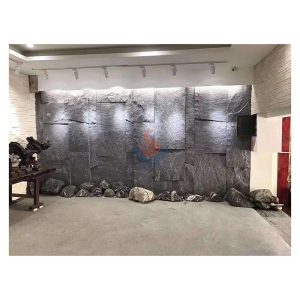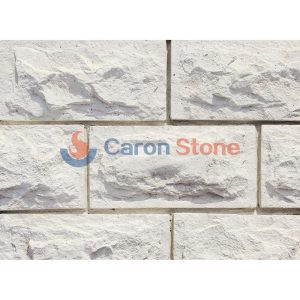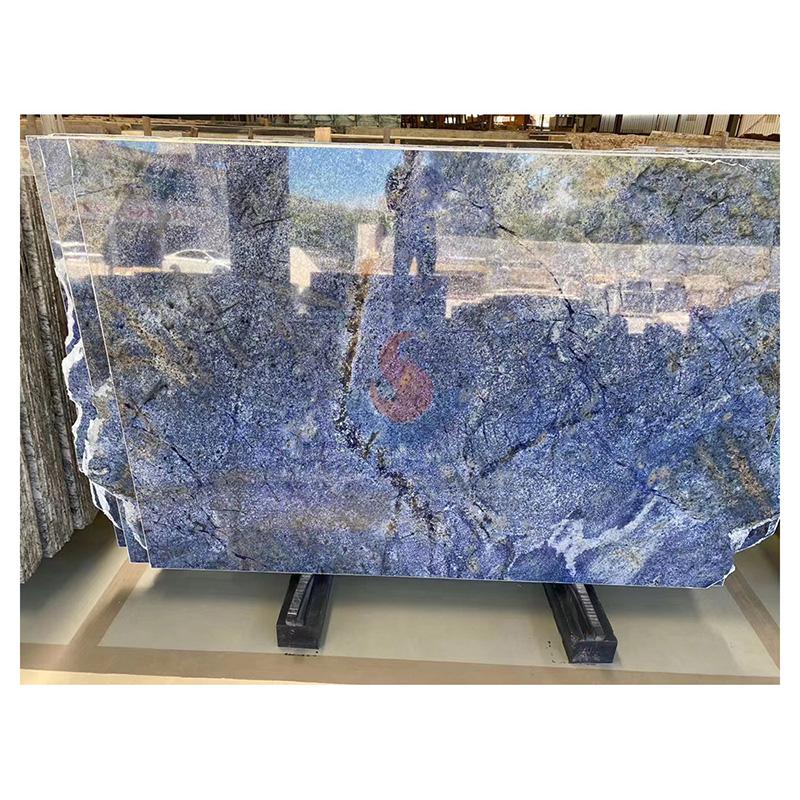Modern architectural design is a multidimensional field that combines innovation, aesthetics and practicality. In this discipline, the choice of materials influences not only the appearance and use of the structure but also its environmental effect and lifetime. With its great performance and natural beauty, granite has evolved into a basic component in contemporary architectural architecture. This article will explore the multiple roles and importance of granite in modern architectural design.

Natural Split face natural granite stone wall cladding stone architecture
Aesthetic value of granite
The aesthetic value of granite lies in its unique color, texture and gloss. Modern building gains special visual impact and artistic expression from these natural features. Granite’s natural and harmonic qualities are used by designers to create environments in line with modern aesthetics as well as harmonic and natural.
Diversity of color and texture
From dark black to pure white, from delicate patterns to rough stripes, Granite offers designers a great spectrum of creative space with its rich and varied hues and textures. This diversity allows granite to adapt to a variety of design styles, from modern simplicity to traditional retro, and can be perfectly integrated.
Structural properties of granite
Granite’s structural qualities are the reason it is absolutely essential in contemporary architectural design. Its great compressive resistance and hardness make it the perfect material for high traffic and large loads. In public areas and commercial structures especially, these granite qualities are rather crucial.
Durability and compression resistance
Granite is a sensible choice for long-term investment since of its strength and compression resistance. Granite maintains its beauty and utility even under continuous trampling and wear and tear in high-traffic places including shopping centers, airports, and subway stations.
Granite’s versatility
Because of its adaptability, granite is rather flexible in contemporary architectural design. For floor laying, countertops, wall coverings, etc., it can be fashioned in a range of sizes and forms. This adaptability satisfies the several requirements of materials for designers.
Customization and design flexibility
Granite’s form, scale, and surface treatment can be changed by designers in line with their needs. Granite can precisely fit into many design ideas thanks to this customizing tool, thereby improving the design’s personalizing and inventiveness.
Granite’s sustainability
Given the increased awareness of environmental problems of today, modern architectural design now gives granite’s natural sustainability top priority. Granite’s durability means that it can be used for decades or even longer, reducing the frequency of material replacement and waste generation.
Environmental friendliness and resource conservation
Granite is in keeping with the ideas of sustainable development, lowers the need for fresh resources, and has a long service life. Further lessening the environmental impact is some byproducts produced during granite mining and processing that can be recycled.
Practical application of granite in modern architectural design
Granite has several theoretical benefits as well as practical value based on its implementation in actual building design. Granite has become a major component for enhancing the quality and attractiveness of buildings with its wear-resistant, weather-resistant and stunning features from the floor paving of commercial areas to the wall decoration of private houses.
Case study and design practice
Examining particular architectural design situations helps us to understand how smartly granite is applied in contemporary building. Granite can provide the building special appeal and value whether it is used as a key component or a decoration tool.

GB-BM10 Artificial mushroom stone exterior wall tile
The role of granite in modern architectural design is multifaceted. Its great structural performance and adaptability help designers and users satisfy their needs in addition to offering visual impact and aesthetic richness. More importantly, granite’s environmental friendliness and economy make it a wise choice in contemporary architectural design. As the demand for environmentally friendly materials grows, granite will be more widely used and continue to play its unique value in modern architectural design.





